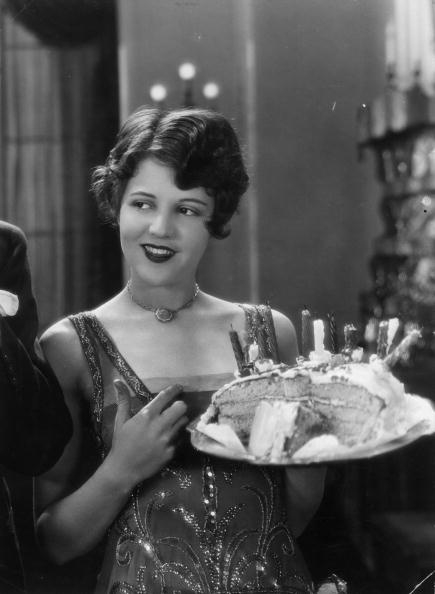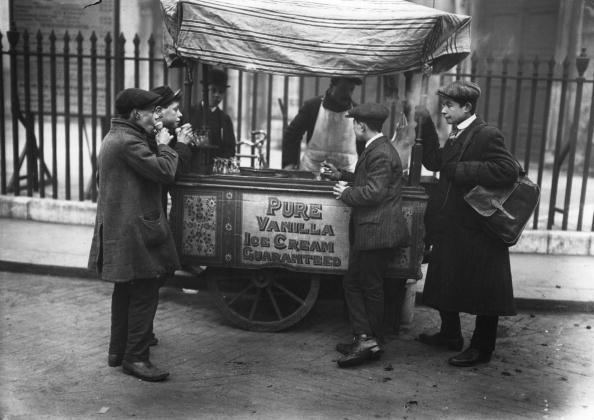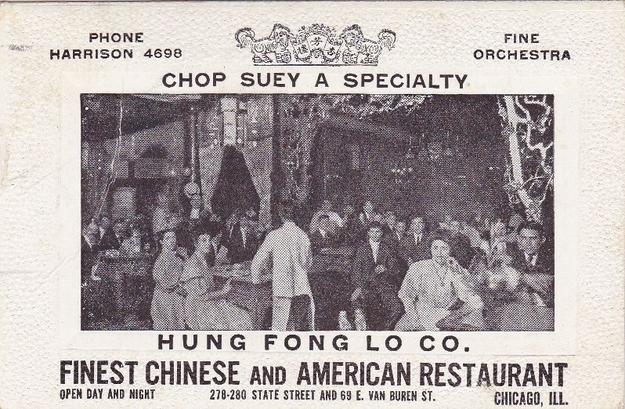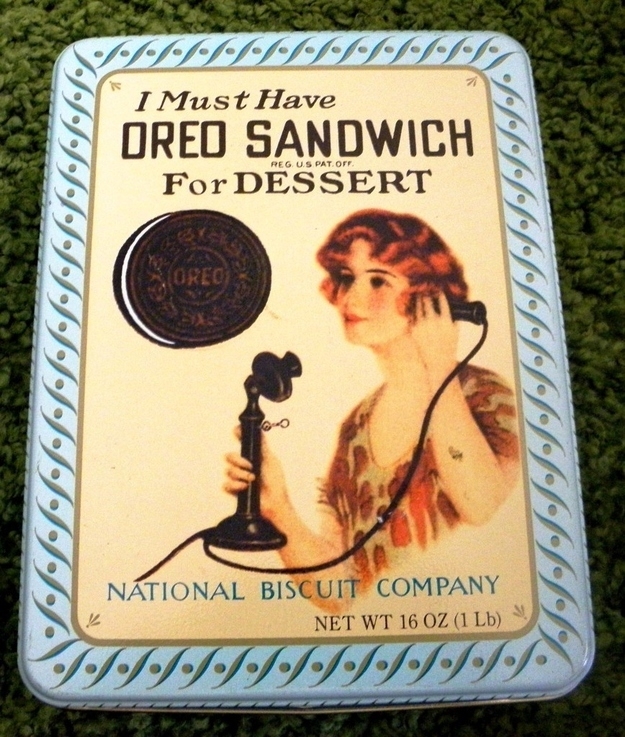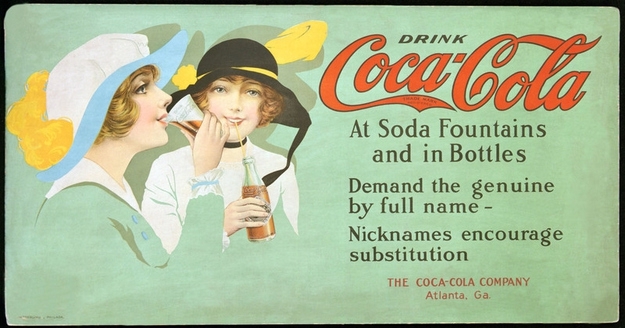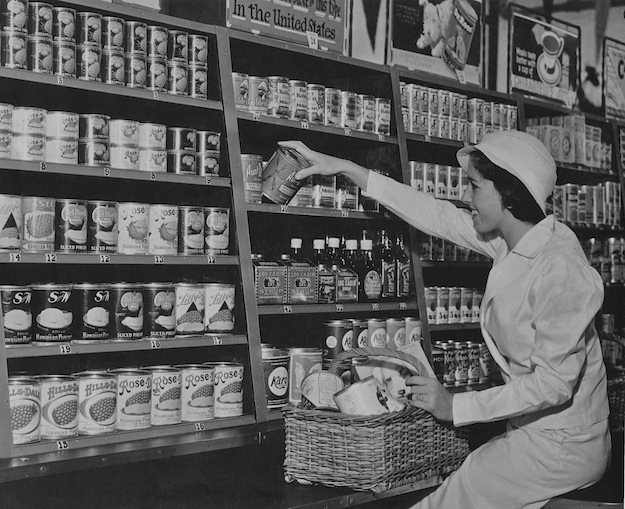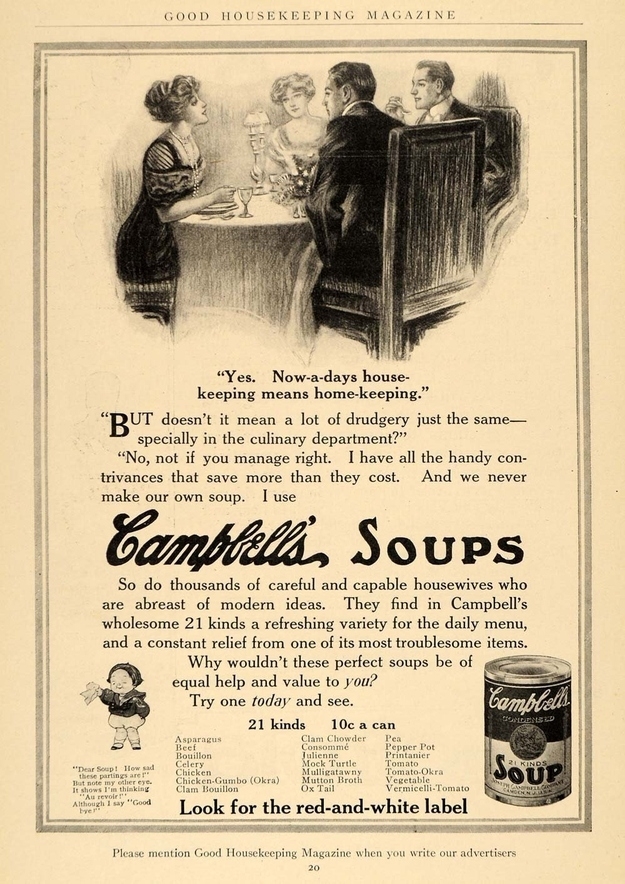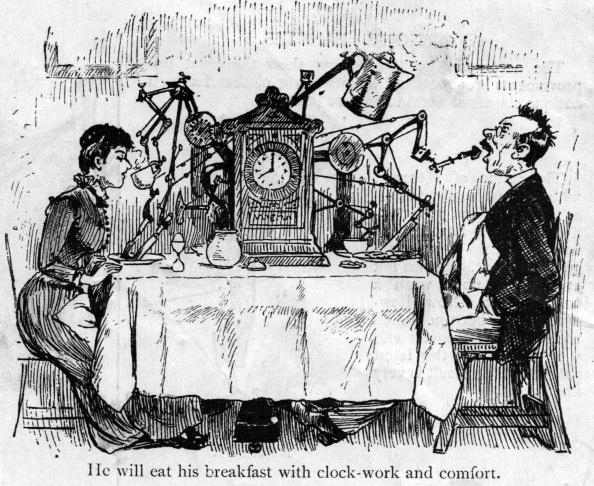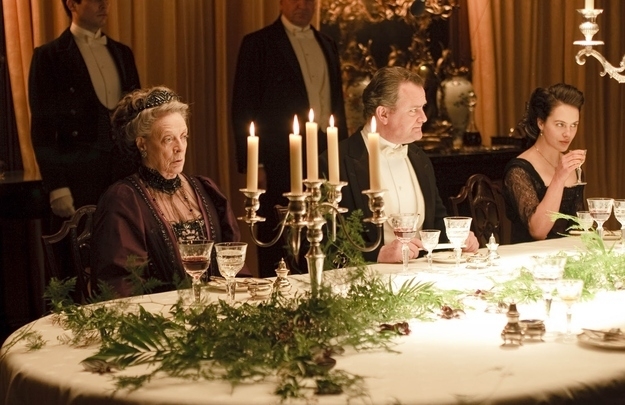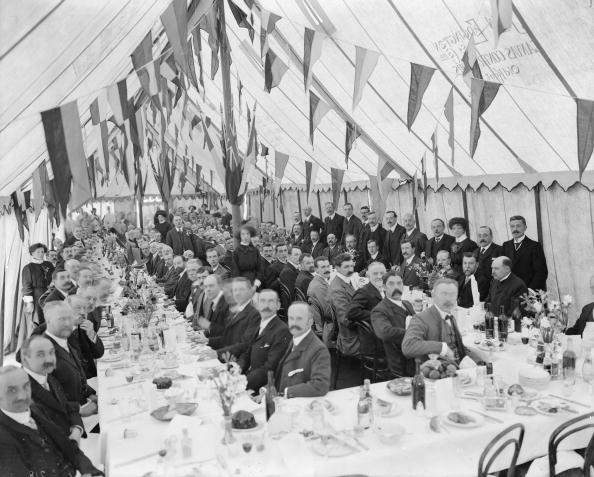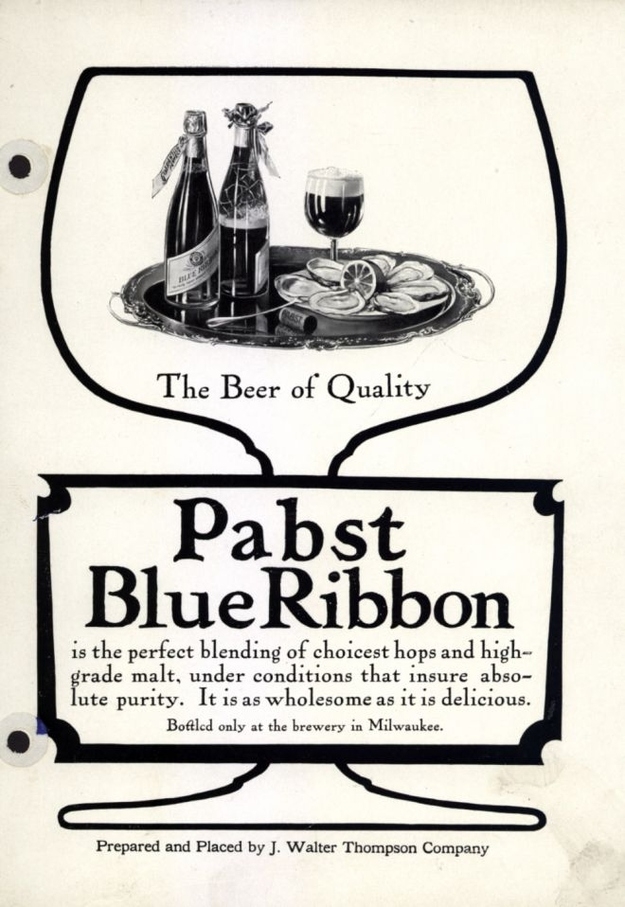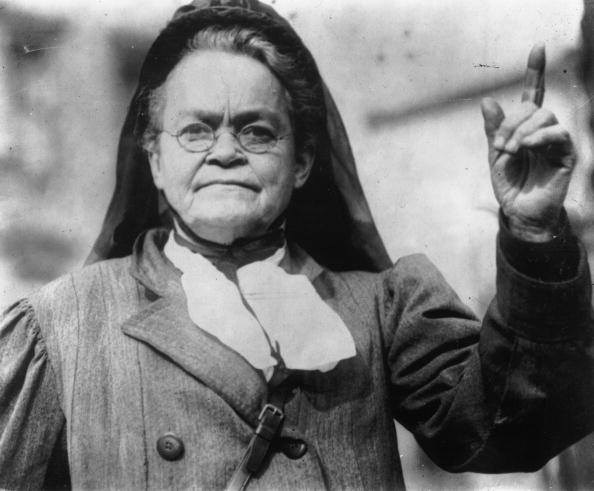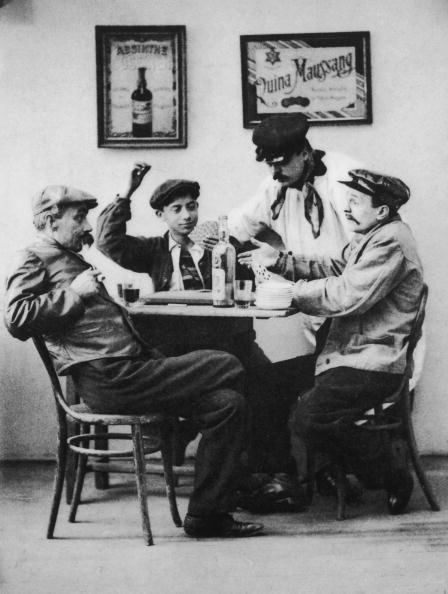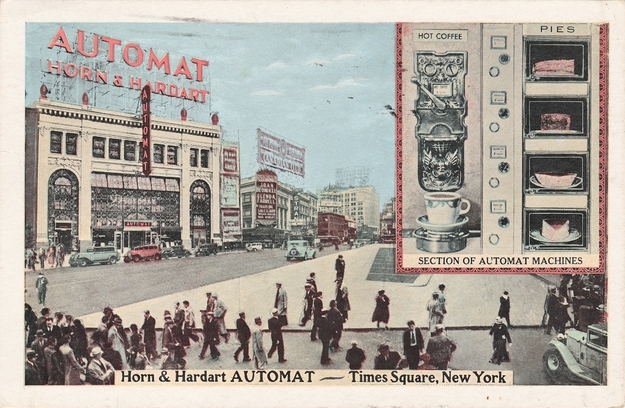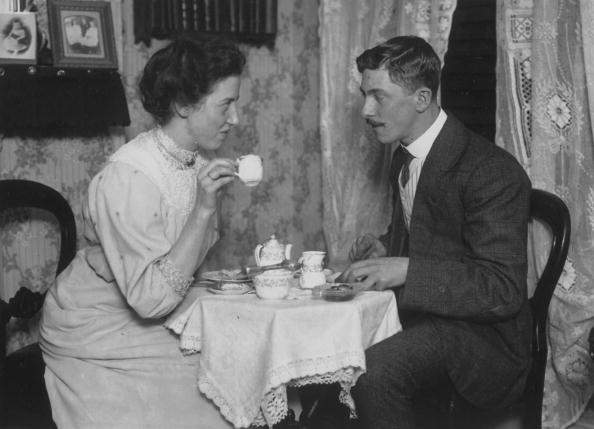614
15
1912: This was the year Richard Hellmann, a German deli owner, started mass marketing his wife’s mayonnaise. It was also the year Life Savers and the Whitman's chocolate sampler were introduced.
A Devil’s Food Cake recipe from this time included mashed potatoes.
Today’s food truck craze had nothing on the food cart vendors of 1912.
Speaking of Chop Suey... Rich people thought it was really awesome to go to "slumming parties." This meant hanging out with less rich people, in this cade Chinese & African Americans.
A “slumming party” to Chinatown often involved eating Chop Suey, a stew made with meats and a few different vegetables (literally it just means "odds and ends"). Soon people started serving versions of Chop Suey at home, and also coming up with recipes for things like Chop Suey cookies and the aforementioned Chop Suey cake.
A “slumming party” to Chinatown often involved eating Chop Suey, a stew made with meats and a few different vegetables (literally it just means "odds and ends"). Soon people started serving versions of Chop Suey at home, and also coming up with recipes for things like Chop Suey cookies and the aforementioned Chop Suey cake.
Most important new junk food: The “Trio," three different kinds of cookies from the National Biscuit Company, since renamed Nabisco. Two Trio members — the Mother Goose biscuit and the Veronese biscuit — have since gone to cookie heaven. But then there was...the Oreo. They were sold by weight and cost 30 cents (!) a pound.
Coca Cola was very popular. Probably because it still had cocaine in it. Coca Cola was not fully free of the addiction until 1929.
The first self-serve grocery stores opened up on the West coast (California, to be specific) that year, though they were far from widespread. Before that, if you were rich, you sent your servant with a list and had the shopkeeper deliver the goods to your mansion. If you were poor you went yourself and lugged the groceries back to your tenement.
Serving canned meals at a dinner party was totally fly.
Up until this point, it had been customary for a person of wealth to engage in a breakfast containing steak, bacon, eggs, hash, AND toast. But as industrialization took it's toll, people began to turn to cereal.
John Harvey Kellog marketed the stuff as a health food & parents began to love it as an easy alternative to the lunch-like meals of the past.
John Harvey Kellog marketed the stuff as a health food & parents began to love it as an easy alternative to the lunch-like meals of the past.
On the night the Titanic went down, first class passengers were served (among other things!) oysters, filet mignon, poached salmon, foie gras, roasted pigeon, and lamb. That's six courses! And they say people are fat NOw?!
Dinner Parties were all the rage. We're talking multiple courses, a cocktail hour, hot and or cold dessert options.
Very common for first course would have been a grapefruit, next a soup, then hors d'oeuvres (hot and then cold), anchovies, and somewhere along the line you'd get an eentree...
French food was the obsession , as long as you could have it with a Roman punch (basically an alcoholic slushy).
Very common for first course would have been a grapefruit, next a soup, then hors d'oeuvres (hot and then cold), anchovies, and somewhere along the line you'd get an eentree...
French food was the obsession , as long as you could have it with a Roman punch (basically an alcoholic slushy).
Booze was a thing.
Expect if you were into Woman’s Christian Temperance Union had well over 250,000 members and there was even a group called the Anti-Saloon League, which probably did not have very fun meetings.
If you were poor and weren’t near a food truck, you likely ate lunch at a saloon.
The first Horn & Hardart Automat in New York City (the chain started in Philadelphia in 1902) opened in Times Square in 1912, complete with a two-story stained glass facade created by Nicola D’Ascenzo, who had done the windows at St. John the Divine. There were no waiters—instead the food appeared behind glass windows and when you put money into a slot, the window opened and you could take out your items. At first customers were always tapping on the glass, assuming they needed to get a waiter’s attention, but eventually they got the hang of it. By 1933 there were 43 Automats in New York City.
Women generally couldn’t go into restaurants unaccompanied, and some restaurants even had separate rooms for women. If a woman lived in a boarding house she would often be served her meals there. As far as going out without a male companion, her options basically just included cafeterias, tea rooms or the new-fangled Automat.
Source:
реклама


